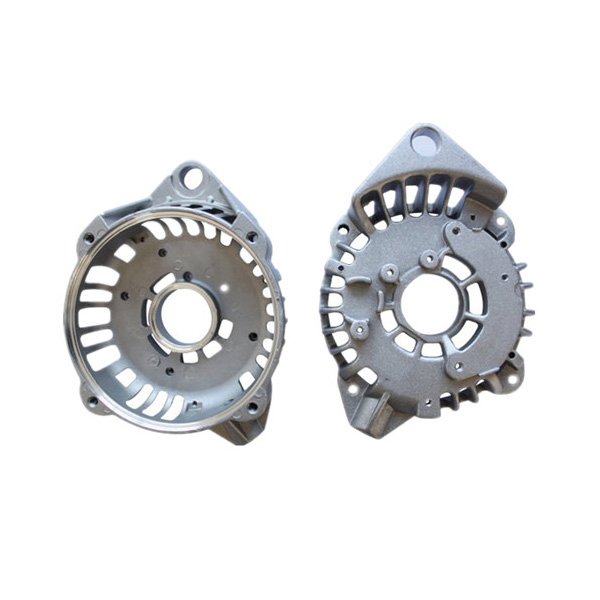Mobile:+86-311-808-126-83
Email:info@ydcastings.com
English
aluminum manifold
The Aluminum Manifold An Essential Component in Modern Engineering
In today’s fast-paced world of engineering and manufacturing, the efficiency and effectiveness of component design significantly impact overall system performance. One such component that is gaining prominence across various industries is the aluminum manifold. With its lightweight properties, excellent corrosion resistance, and effective thermal conductivity, the aluminum manifold has emerged as a vital element in fluid and gas management systems.
Aluminum manifolds are commonly used in a variety of applications, including automotive, aerospace, HVAC (heating, ventilation, and air conditioning), and industrial machinery. The primary function of a manifold is to distribute fluids or gases from a single source to multiple outlets, ensuring that the required supply reaches various components or areas effectively. Given its importance, the material choice for these manifolds is critical, and aluminum often stands out due to its unique properties.
One of the most significant advantages of aluminum is its low weight compared to other materials like steel or brass. This property is particularly important in industries such as aerospace and automotive, where reducing weight can lead to increased efficiency and improved fuel economy. By using aluminum manifolds, manufacturers can produce lighter vehicles and aircraft without compromising structural integrity, thus meeting stringent performance standards while also adhering to environmental regulations.
Furthermore, aluminum exhibits excellent corrosion resistance, which is crucial in applications where exposure to moisture or harsh chemicals is a concern. The natural oxide layer that forms on its surface acts as a protective barrier, preventing rust and degradation. This characteristic makes aluminum manifolds ideal for use in outdoor settings or environments where chemicals are prevalent, reducing maintenance costs and extending the lifespan of the component.
aluminum manifold

Thermal conductivity is another essential factor in the design of aluminum manifolds. In applications where heat dissipation is a priority, such as in cooling systems for engines or electronics, aluminum’s ability to transfer heat efficiently is invaluable. By utilizing aluminum manifolds, engineers can optimize thermal management in a system, enhancing performance and reliability.
Manufacturing techniques for aluminum manifolds have also evolved significantly, allowing for more intricate designs and geometries. Advanced manufacturing processes such as CNC machining, extrusion, and die casting have enabled the production of complex manifold shapes that enhance fluid dynamics, reduce pressure drops, and improve overall system efficiency. This adaptability in design, combined with aluminum’s favorable properties, allows engineers to tailor solutions specific to their application requirements.
Moreover, the sustainability aspect of aluminum cannot be overlooked. As a highly recyclable material, aluminum manifolds are more environmentally friendly than many alternatives. Recycling aluminum requires only a fraction of the energy needed to produce new aluminum, making it a choice that aligns with modern sustainability goals. This is increasingly important as industries face pressure to reduce their carbon footprints and adopt eco-friendly practices.
In summary, aluminum manifolds serve as an essential component in various engineering applications, combining lightweight properties, corrosion resistance, excellent thermal conductivity, and sustainable attributes. As industries continue to innovate and prioritize efficiency and eco-friendliness, the role of aluminum manifolds will likely expand, cementing their place as a crucial element in the design and functionality of modern systems.
-
Superior Aluminum Castings in Automotive Engine PartsNewsAug.22,2025
-
Common Materials Used in Fan Housing ManufacturingNewsAug.22,2025
-
Symptoms of a Stuck Automobile Water Pump ImpellerNewsAug.22,2025
-
The Importance of Valve Castings in Water TreatmentNewsAug.22,2025
-
Welding Techniques for End Cap Stainless Steel FittingsNewsAug.22,2025
-
How to Install a Water Pump Connector ProperlyNewsAug.22,2025











